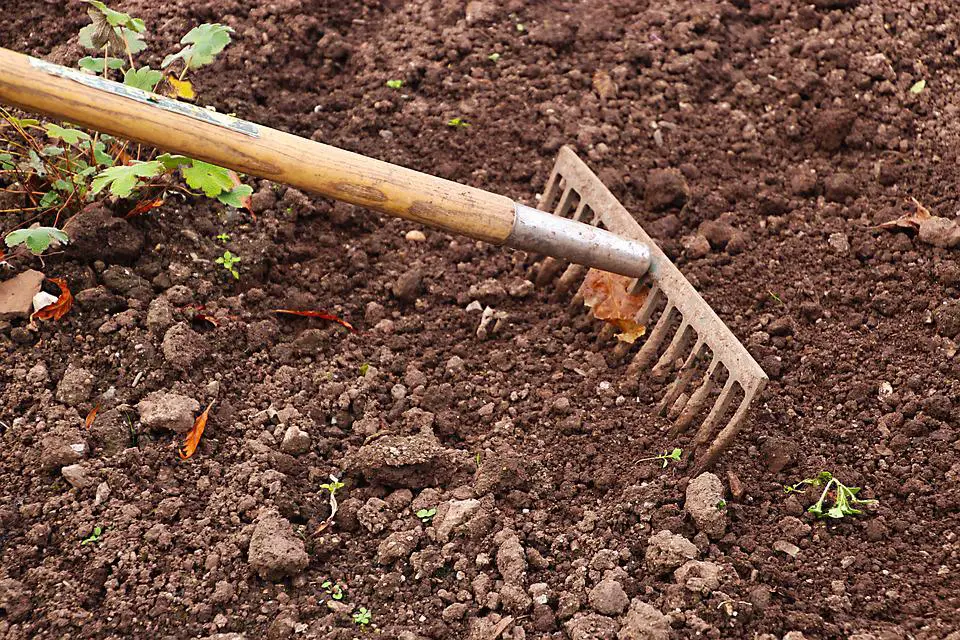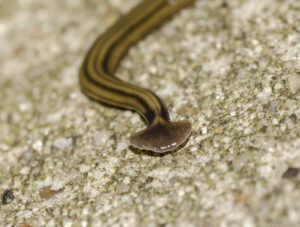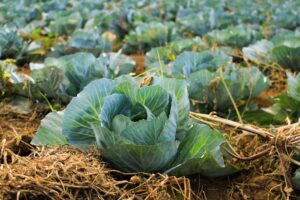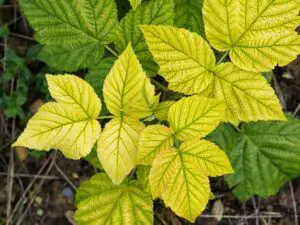Whether you are growing flowers or vegetables, the most important element needed for a successful garden is proper soil. Unfortunately, not all soils are created equal. In this post, you will learn the four main types of soil and examples of what can be grown in each one.
Type and Texture
Soil type refers to the texture of the soil. The texture is determined by the size of the mineral particles in the soil. The largest or coarsest particles are found in sand, followed by silt, and then clay. The space between the particles is called the pore space, which determines how much air and water the soil can hold. The four main soil types are clay, sandy, silty, and loamy.
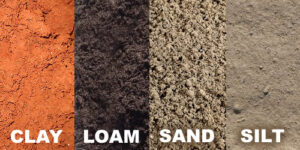
Clay Soil
Clay soil is a heavy or dense soil because the particles are small, and thus there is not much space between them. It has poor drainage capability and is often described as being wet and cool. As a result, it takes longer to warm up in the spring. Of all the soil types, clay is the most difficult to work with because the lack of pore space makes it “sticky.”
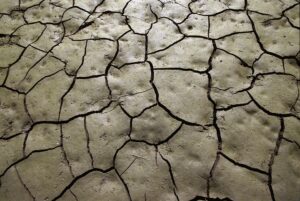
What Can Grow in Clay Soil?
Even though clay soil is rich in nutrients, it is not conducive to growing most vegetables because it is hard for roots to penetrate. However, shallow-rooted vegetables like broccoli, Brussels sprouts, cabbage, cauliflower, kale, lettuce, spinach, bush or pole beans, and peas can usually tolerate clay. In addition to these shallow-rooted vegetables, some perennials are candidates for clay soil. Daylilies, asters, coneflowers, and bee balm can do well in this kind of environment.
This article contains affiliate links. If you make a purchase using one of these links, I will receive a very small commission at no additional cost to you, and it will help me maintain this website. Rest assured, I only recommend products I actually like!
If you want to improve clay soil, add compost or greensand. These amendments will improve the texture, loosening the soil to permit more oxygen and increase drainage.
Clay soil is usually alkaline, so keep this in mind when planning what to grow. Here is an article on the specific pH requirements for different vegetables and herbs.
Sandy Soil
Soil that contains a high level of sand is called sandy soil. This type of medium contains the largest mineral particles. The lightweight, gritty texture provides greater pore space, enabling water to drain quickly. However, quick-draining soil also means that your garden can dry out quickly.
Sandy soil is easier to work with, but it has fewer nutrients because they tend to wash away, especially after a good rain. As a result, this kind of soil requires amendments such as compost and organic fertilizer. It warms easily in the spring, as opposed to clay’s delayed readiness for the season’s new plantings.
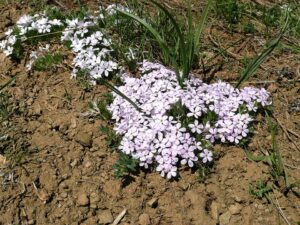
What Can Grow in Sandy Soil?
Sandy soil is often acidic, which can work well with plants that prefer an acidic environment. Plants that can grow in sandy soil include root crops like carrots, potatoes, sweet potatoes, parsnips, radishes, beets, onions, garlic, strawberries, and asparagus. If you plant them in a blend of sandy and loamy soil, that is even better, as the improved texture will increase water retention and nutrient availability.
Flowers that can do well in sandy soil include hibiscus, tulips, lavender, salvia, butterfly weed, and black-eyed Susan.
If you want to improve the texture of this type of soil you can add greensand because, while it helps clay soil drain, it helps sandy soil retain more water. Adding compost and fertilizer will help with nutrients.
Silty Soil
Like sandy soil, silty soil is light, but softer or less gritty. The particles are medium-sized, so it can hold moisture and is much easier to work with than clay. Its ability to drain will depend on how much clay it also contains. It is nutrient-rich, but because it is finer, it may need amending to improve the texture and drainage, especially since it can become compacted when it is wet.
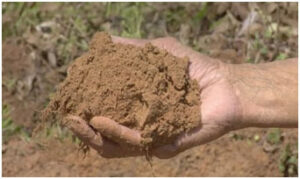
What Can Grow in Silty Soil?
Hostas can grow in silty soil, as can yellow and Japanese irises, daffodils, crocus, and many varieties of roses. In addition, butterfly bush, swamp milkweed, weeping willow, and bald cypress also do well.
Like clay soil, vegetables with shallow roots can do well in silty soils (see above).
Loamy Soil
Loamy soil is a blend of 40% sand, 40% silt, and 20% clay. The blend of textures or particle sizes enables it to both retain moisture and drain properly. What’s more, it is rich in nutrients, and the good pore space makes it easy to cultivate. It warms quickly in the spring but is not as susceptible to drying out easily in the warmer months.
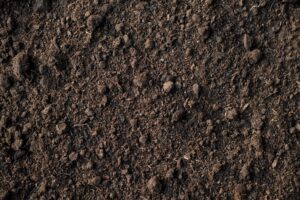
What Can Grow in Loamy Soil?
Gardeners usually prefer loamy soil above all other soil types because most vegetable, herb, and berry crops thrive in it. For example, tomatoes, peppers, beans, carrots, beets, okra, butternut squash, acorn squash, peas, dill, chamomile, rosemary, and lavender love loamy soil. Nevertheless, it will still need to be amended with compost from time to time in order to maintain its good texture and fertility.
Now that you know the four main types of soil, you can determine what kind of soil you have in your garden and what you may need to do to improve it.
Thank you for reading this article! If you found it interesting or helpful, please consider sharing it with others via email and social media!
